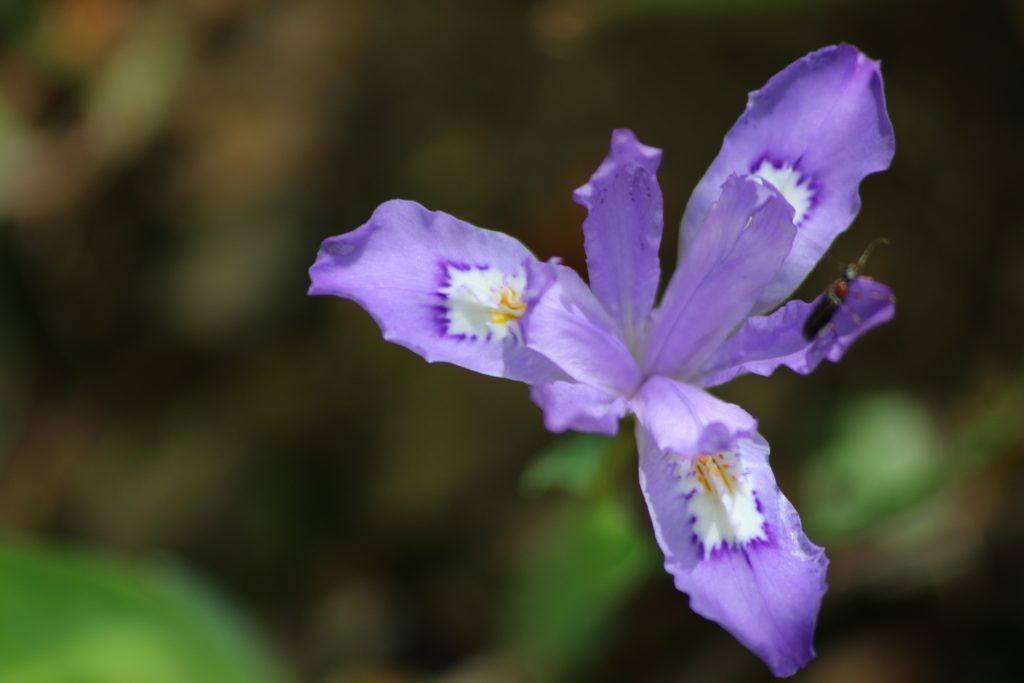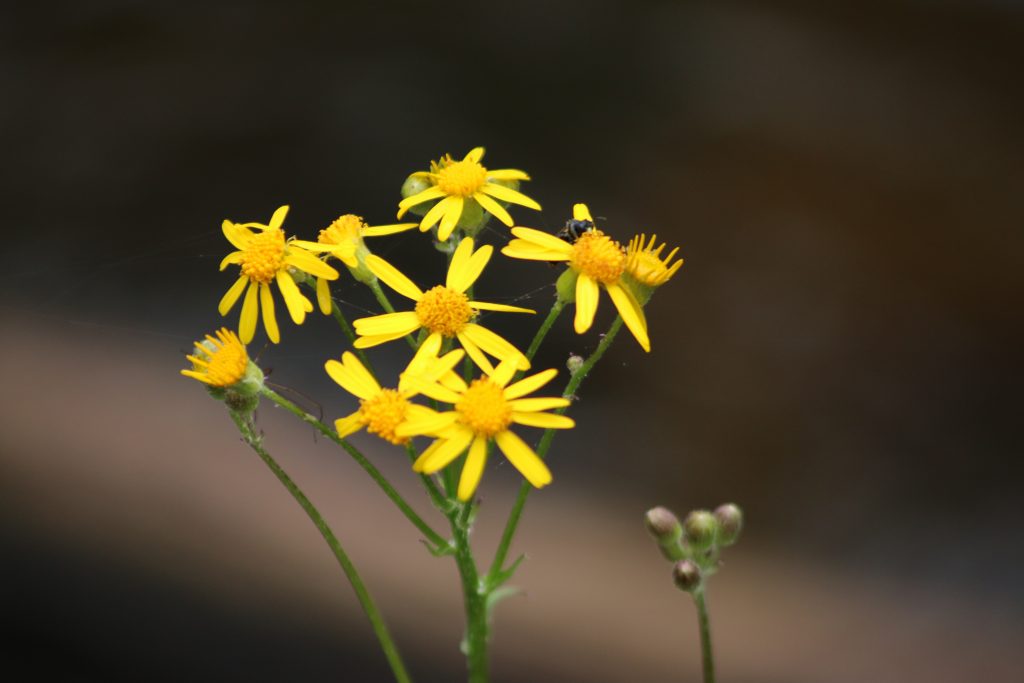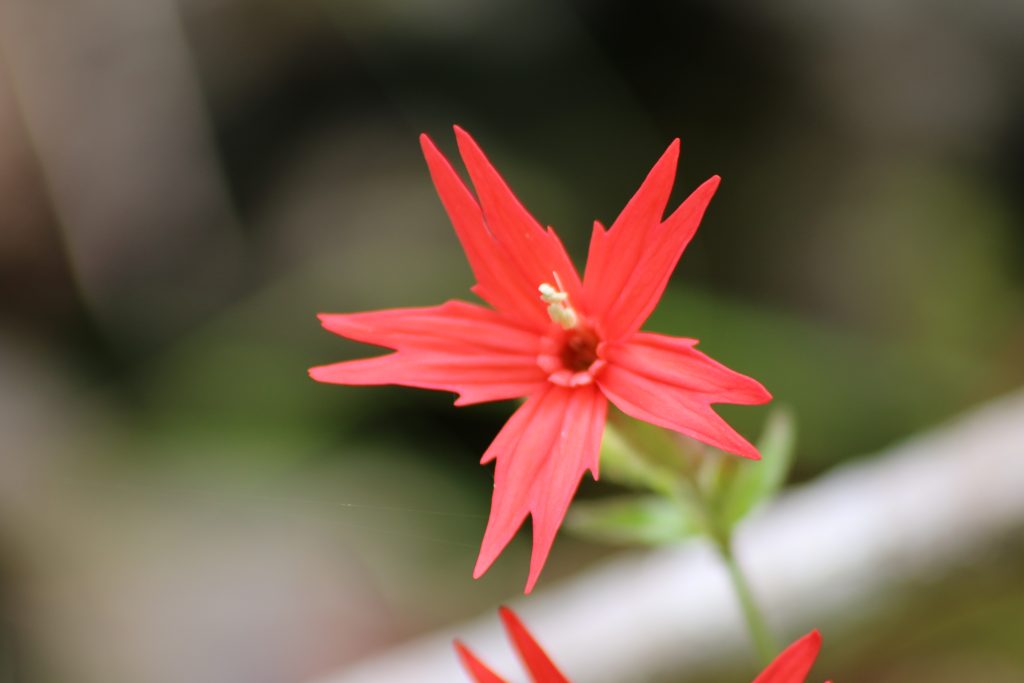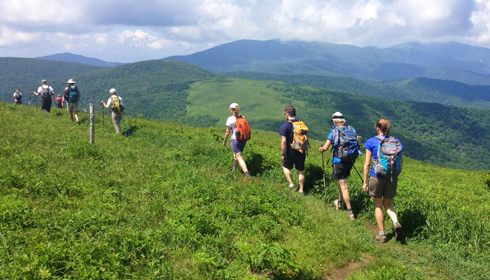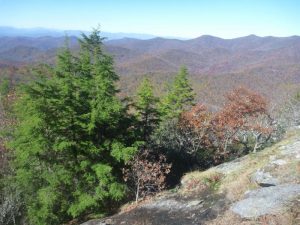
The Hemlock Restoration Initiative invites you to participate in a fun and interesting volunteer workday with our partner the Forest Restoration Alliance (FRA). The FRA takes a long term approach to hemlock restoration by working on selection and breeding for pest resistance in hemlocks and other native conifers. As you might imagine this work takes many years to accomplish, so every volunteer day helps sustain this long-term effort.
We have two volunteer days coming up on Friday, October 20 and Thursday, November 16, where we will be helping the Forest Restoration Alliance at their research facility near Waynesville. The work days may involve tree care in the greenhouse (such as fertilizing), cleaning up in and around their green houses, and contributing to the completion of their newly-restored indoor facility.
And there are no pesticides involved! This is a great opportunity to get involved in hemlock conservation without handling insecticides and to learn more about the scientific process of restoring our threatened tree species across the landscape.
DETAILS
Days: Friday, Oct. 20 and Thursday, Nov. 16. You are welcome to volunteer one or both days.
Place: Volunteers will meet at the Mountain Research Station in Waynesville, NC. The specific meeting place at the Research Station will be provided when you RSVP
Time: The workday will start at 10 am and lasts until 3 or 4 pm, but folks can head out earlier, as needed. Please let me know if you plan to leave early so we can plan the work day accordingly.
What to bring: Please wear clothes comfortable for gardening and the outdoors and closed toed shoes, and bring water and a lunch.
If you plan to attend, please RSVP by Oct. 13 for the Oct. 20 work day and by Nov. 10 for the Nov. 16 work day with a contact number for the morning of the work day. If you are bringing other volunteers beside yourself, also please include the number of people in your group.
You can learn more about the FRA and their breeding program at threatenedforests.com
Please email Thom with questions
Thom Green
AmeriCorps Stewardship and Volunteer Engagement Associate
Hemlock Restoration Initiative
Office: 828-252-4783
Email: volunteer@savehemlocksnc.org
Website: savehemlocksnc.org
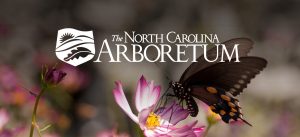
VOLUNTEER NEEDS (sign up at www.ncarboretum.volunteerhub.com)
*Info Desk Volunteers Daily shifts from 9:00 a.m.- 1:00 p.m. or 1:00- 5:00 p.m. Volunteers must enjoy interacting with people and share information about the Arboretum’s trails, gardens and programs.
*Garden Guides Weekly garden walks on Fridays at 10:00 a.m. and group tours
scheduled between 9:00 and 4:00 p.m. daily. Volunteers lead tours highlighting the Arboretum’s gardens, landscape design, art and local history.
*Rocky Cove Railroad Operators Saturdays and Sundays from 11:30 a.m. until 4:30 p.m. Toot your own horn as a g-scale model train operator.
*Trail Guides Weekly naturalist hikes on Tuesdays and Saturdays at 1:00 p.m. Share your knowledge of natural and local history and the beauty of the Arboretum’s trails with guests.
*Winged Wonders Docents Monday – Thursday from 10:30 a.m. -2:30 p.m. and Friday- Sunday from 10 a.m.- 2 p.m. or 12- 4 p.m. until October 29. Educate guests about local butterflies and the importance of insects! Training provided on July 17.
*The Great Sunflower Project Citizen Scientists Flexible weekly schedule. Monitor sunflowers for pollinators and report data to scientists online to help valuable research on the decline of honeybees and native pollinators.
*Phenology Citizen Scientists Flexible weekly schedule. Monitor trees on phenology trail for key seasonal changes from year to year and report data for climate change research.
*Monarch Watch Citizen Scientists Flexible weekly schedule. Monitor milkweed for Monarch butterfly eggs, caterpillars, chrysalises and report data to scientists online. Take part in this important research on a species of concern!
*Carolina Herps Citizen Scientists Flexible weekly schedule for a dynamic duo. Provide scientists with data on the distribution of reptiles and amphibians.
Upcoming Training Opportunities
Sign up for volunteer trainings and more at www.ncarboretum.volunteerhub.com
Every Friday at 10 a.m.: Share your love of the Arboretum’s gardens with visitors. Sign up today to be a Garden Guide Shadow and learn how to lead tours!
Every Tuesday and Saturday at 1 p.m.: Learn to be a Trail Guide and lead tours highlighting our local flora and fauna. Sign up to be a Trail Guide Shadow!
Every Saturday and Sunday from 12-4: Learn to toot your own horn as g-scale model train operator. Sign up to be a Rocky Cove Railroad Shadow.
Contact Cat to schedule your training to become an information desk volunteer! Training is available every day of the week from 9 a.m.-1 p.m. or 1-5 p.m.
A step-by-step VolunteerHub tutorial guide has been placed at the volunteer computer stations, located at the Greenhouse, Operations Center and both information desks!
Contact the Volunteer & Guest Services Coordinator, Cat Dillard, at 828-665-2492, extension 219 or email cdillard@ncarboretum.org
Visit www.ncarboretum.volunteerhub.com. New volunteers will need to create an account!
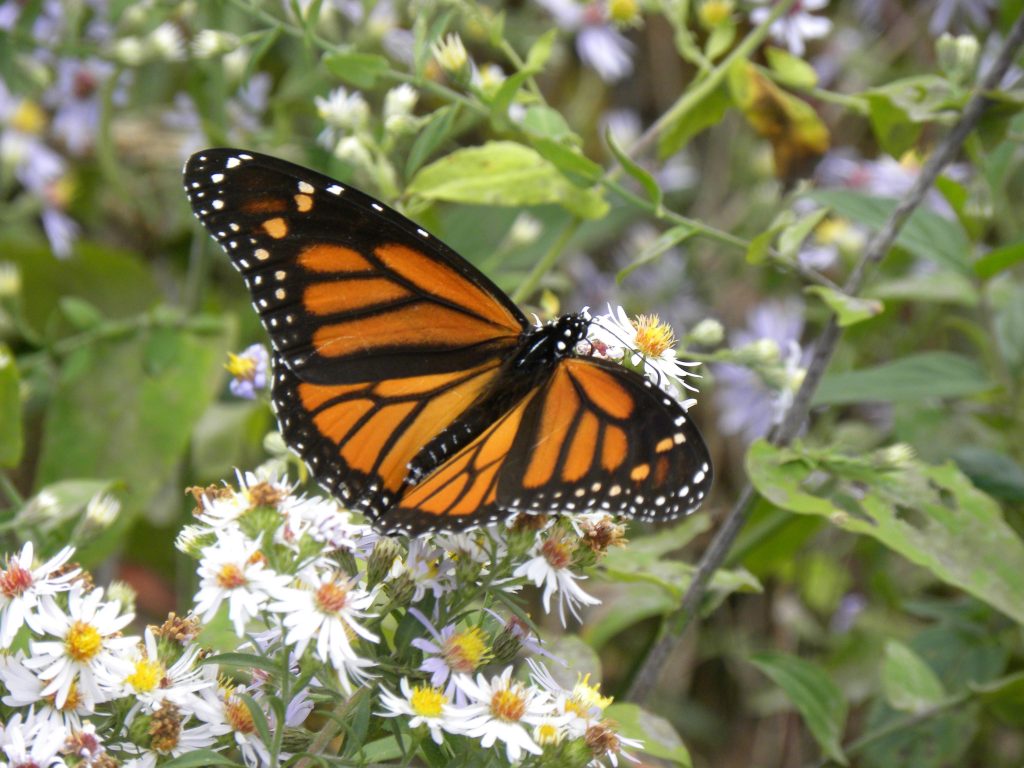
Photo by Scott Reed


